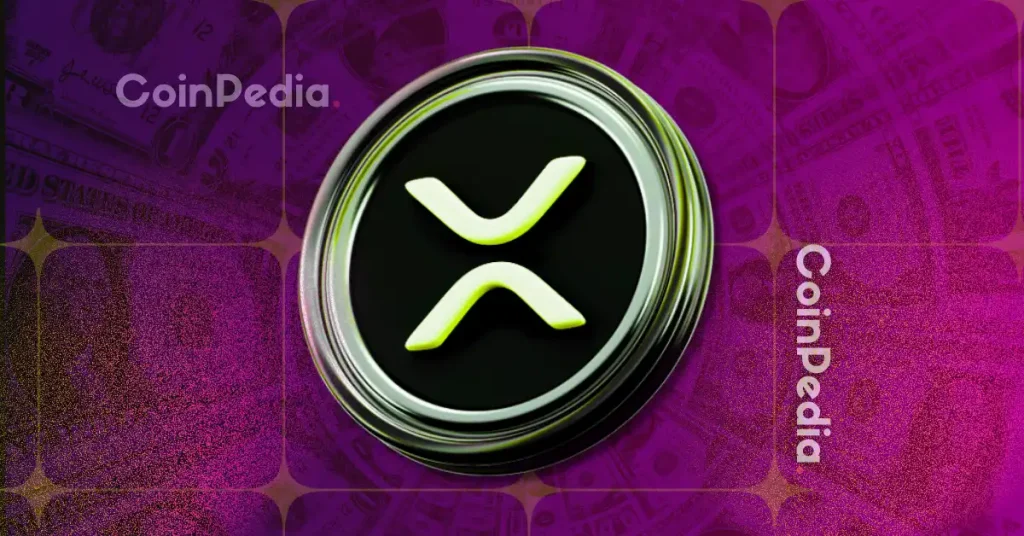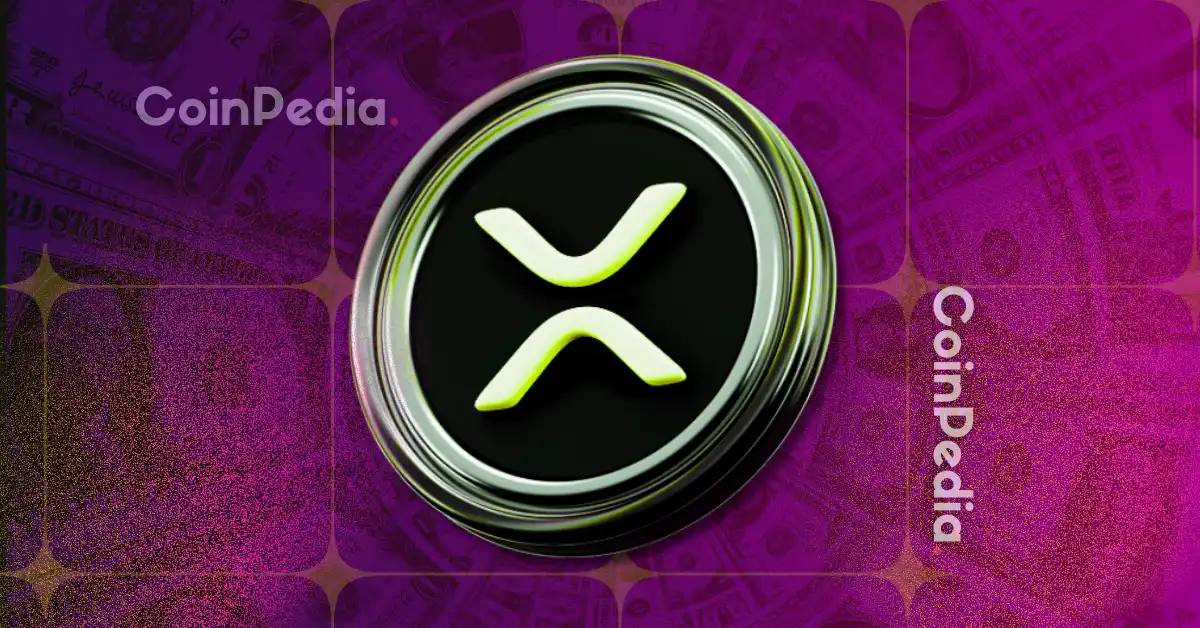
The Rise of XRP ETFs: A New Frontier for Crypto Investment?
Introduction
The cryptocurrency landscape is in a state of constant flux, with new innovations and investment vehicles emerging at a rapid pace. Among the most recent developments is the introduction of exchange-traded funds (ETFs) linked to XRP, the digital asset associated with Ripple Labs. This move, spearheaded by firms like Teucrium, represents a significant shift in how traditional finance interacts with and perceives XRP. The launch of XRP ETFs has sparked considerable interest and debate, raising questions about the future of crypto investment and the role of regulated financial products in this evolving ecosystem.
The “Wall Street Wrapper”: Meeting Pent-Up Demand
The decision to launch XRP ETFs was driven by a recognized demand for a more traditional and regulated investment vehicle. Teucrium CEO Sal Gilbertie has been vocal about the “pent-up demand to tap into XRP in a more traditional, Wall Street wrapper.” This highlights a crucial aspect of the ETF appeal: it provides a familiar and regulated investment vehicle for individuals and institutions who may be hesitant to directly hold or trade XRP on cryptocurrency exchanges. The ETF structure simplifies the process, allowing investors to gain exposure to XRP through their existing brokerage accounts. This broadening of access has the potential to significantly increase demand for the digital asset.
Teucrium’s Bold Move: Why XRP?
Teucrium’s decision to launch a 2x leveraged XRP ETF has sparked considerable interest and debate within the crypto community. Gilbertie has emphasized XRP’s unique position as a cryptocurrency with a “true use case” and its potential to be a “tool in the future” within the global financial system. This perspective suggests that Teucrium views XRP not merely as a speculative asset, but as a functional technology with the potential to revolutionize cross-border payments and other financial applications.
Furthermore, Gilbertie has underscored that XRP stands out among cryptocurrencies due to its clear function and the backing of a company actively working towards regulatory alignment. This may reflect a growing institutional preference for digital assets that demonstrate a commitment to compliance and long-term sustainability, factors that could mitigate risks associated with regulatory uncertainty.
A “Terrific Response”: Initial Market Enthusiasm
The initial reception to Teucrium’s XRP ETF appears to have been positive, with Gilbertie describing the launch as “terrific” and the firm’s “most successful ETF launch to date in terms of first-day activity.” This suggests a strong appetite among investors for regulated investment products that provide exposure to XRP, validating Teucrium’s belief in the demand for such offerings. The overwhelming excitement reported by Gilbertie is indicative of the market’s readiness to embrace XRP within a more traditional investment framework.
Leveraged ETFs: A Double-Edged Sword
It’s crucial to understand the nature of the Teucrium 2x Long Daily XRP ETF (ticker: XXRP). This ETF is a leveraged product, meaning it aims to amplify the daily returns of XRP. While this can lead to significant gains, it also magnifies potential losses. As Gilbertie himself cautioned, “This isn’t a buy-and-hold fund. It’s a tool for those with a strong, short-term view on XRP.” Leveraged ETFs are designed for active traders who understand the risks involved and are prepared to monitor their investments closely. The compounding risk of daily-reset leveraged products makes them unsuitable for long-term holding.
Navigating Regulatory Waters: Gensler’s Role
The development of XRP ETFs has occurred against a backdrop of ongoing regulatory scrutiny within the cryptocurrency industry. Ripple Labs has been embroiled in a legal battle with the Securities and Exchange Commission (SEC), with the core of the dispute revolving around whether XRP should be classified as a security. This regulatory uncertainty has cast a shadow over XRP for several years.
Teucrium CEO Sal Gilbertie has openly criticized SEC Chair Gary Gensler’s approach to crypto regulation, particularly his perceived “U-Turn” on ETF approvals. While the SEC recently approved spot Bitcoin ETFs, paving the way for their trading, Gensler has repeatedly expressed skepticism about the broader cryptocurrency market. Ripple CEO Brad Garlinghouse has gone even further, labeling Gensler a “political liability” and accusing him of leading a “war on crypto.” This highlights the tension between the crypto industry and regulators, and the potential for regulatory actions to impact the development and adoption of digital assets like XRP.
The SEC’s initial hesitation towards crypto ETFs, with reports suggesting they asked Teucrium and others to withdraw their filings, underscores the regulatory hurdles that companies face when seeking to introduce innovative crypto investment products. However, Teucrium’s successful launch of an XRP ETF suggests that progress is possible, albeit with ongoing navigation of a complex regulatory landscape.
The Future of XRP and Crypto ETFs
The launch of XRP ETFs represents a significant step towards mainstream adoption of the digital asset. By providing a regulated and accessible investment vehicle, these ETFs could attract a new wave of investors to XRP and the broader cryptocurrency market. The success of these ETFs will likely depend on several factors, including the continued growth and development of the XRP ecosystem, the resolution of regulatory uncertainties, and the overall performance of the cryptocurrency market.
Moreover, the emergence of XRP ETFs could pave the way for similar products based on other cryptocurrencies. As the regulatory environment becomes clearer and institutional interest in digital assets continues to grow, we may see a proliferation of crypto ETFs, offering investors a diverse range of options for gaining exposure to this exciting and rapidly evolving asset class.
Conclusion: A Cautious Optimism
The arrival of XRP ETFs marks a pivotal moment for both XRP and the broader crypto investment landscape. While the initial response has been positive, it’s crucial to remember that these are still early days. The success of XRP ETFs will depend on a confluence of factors, including market dynamics, regulatory developments, and the continued innovation within the XRP ecosystem. While these new investment vehicles offer exciting opportunities, investors must exercise caution and conduct thorough research before diving into the world of leveraged crypto ETFs. The future of XRP ETFs is undoubtedly intertwined with the future of crypto itself – a future brimming with potential, yet demanding careful navigation.





